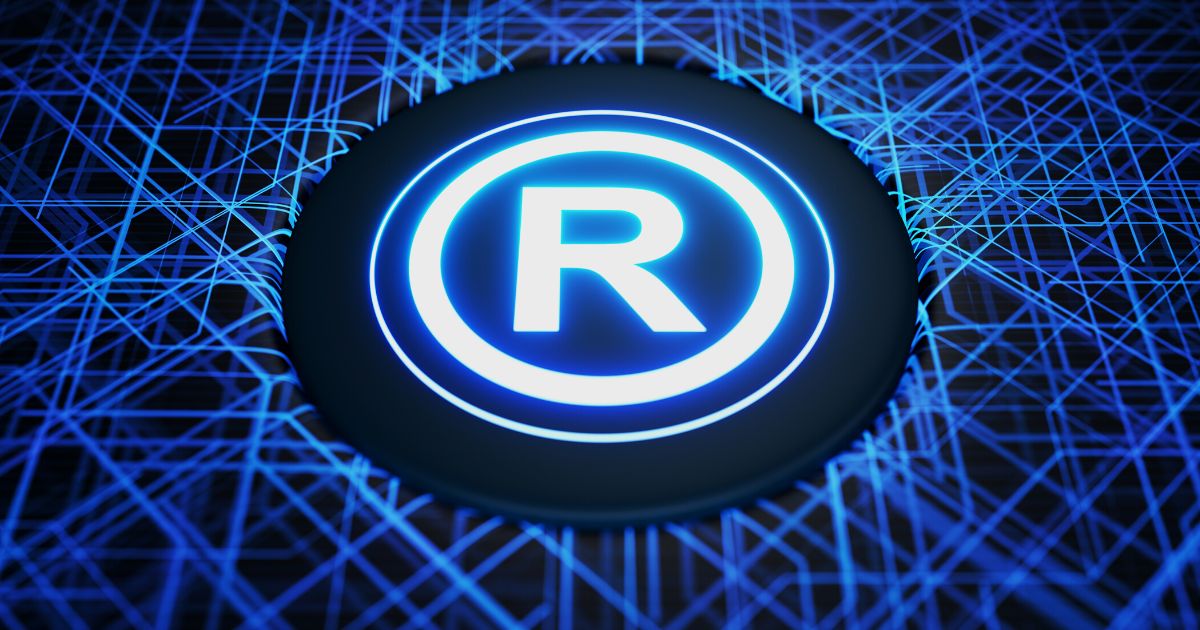In this article we will discuss how to protect one’s trademark in Italy and the European Union.
Who can register a trademark?
A trademark can be registered by an individual or a legal person who intends to use it (or is already using it) for to distinguish goods or services.
What can be registered as a trademark?
It is the Italian Industrial Property Code (IPC) itself, in Article 7, that determines what can be registered as a trademark. Similar rules are contained in the European Regulation in Article 4.
All signs, in particular words (including personal names), designs, drawings, letters, numerals, sounds, shape of a product or its packaging, color combinations or shades that distinguish it, can be registered as trademarks. In any case, so-called non-conventional marks, such as position marks, sound marks, olfactory marks, color marks, motion marks, repeated pattern marks, holographic marks and multimedia marks may also be registered.
Such signs must be capable of distinguishing the goods or services of one business from those of other businesses and be represented in the register in such a way as to enable the competent authorities and the public to clearly and accurately determine the subject matter of the protection conferred on the owner.
What cannot be registered as a trademark?
Likewise, the Italian Intellectual Property Code also defines what cannot be registered as a trademark. Specifically, the following cannot be registered:
- signs that lack distinctiveness;
- descriptive signs;
- signs that have become commonplace;
- signs consisting exclusively of the form, or other characteristic, imposed by the very nature of the product, or necessary to obtain a technical result or gives substantial value to the product;
- signs contrary to law, public order or morality;
- deceptive signs (likely to deceive the public);
- signs whose use would constitute infringement of another’s copyright, industrial property right or other right of a third party;
- signs excluded from registration in accordance with the legislation of the European Union or state or international agreements on the subject to which the European Union or state is a party, relating to the protection of designations of origin and geographical indications;
- signs excluded from registration in accordance with the legislation of the European Union or State or relevant international agreements to which the Union is a party, relating to the protection of traditional terms for wines;
- signs excluded from registration in accordance with European Union legislation on the protection of traditional specialties guaranteed or relevant international agreements to which the European Union is a party;
- signs which contain or reproduce in their essential elements a plant variety name previously registered in accordance with the legislation of the European Union or the State or international agreements to which the European Union or the State is a party, concerning the protection of plant variety rights and which, in relation to the latter, are of the same or related species.
Is it really necessary to register the trademark?
However, the protection enjoyed by the de facto trademark is significantly reduced compared to that of the registered trademark (for a more detailed discussion on this point, see What if you haven’t registered your trademark?).
The registered trademark, on the other hand, enjoys certain advantages over the unregistered trademark, such as the legal presumption of validity, the possibility of being used as a valid prior art in opposition proceedings, etc.
What documents are required for registration?
In order to register the trademark in Italy, it is sufficient to have the sign you intend to protect and, where you proceed through a legal representative, the letter of assignment initialed by the person who will be the owner of the trademark.
In addition, it is necessary to know the classes you want to claim in the registration, referring to the so-called Nice Classification. For this reason, in order to protect your trademark in the best possible way and to avoid the trademark falling off for certain goods or services mistakenly chosen at the filing stage (for a more in-depth discussion on this point, see Just like apples, trademarks also expire!), it is advisable to rely on professionals in the field capable of making the most correct class settling.
What is the trademark registration process in Italy?
Once the application has been filed, the Office conducts a purely formal analysis of the requirements.
Where the Office makes objections to the registration, the trademark owner has 60 days to reply.
The trademark is, then, published in order to leave room for prior right holders to file objections to the trademark registration.
Due to the high volume of filings, trademark registration takes place within 8 to 10 months from the filing date. In any case, we point out that the trademark will be protected from the filing date and not from the date of successful registration.
Can the risk of opposition be averted?
The answer to that question is no. It is possible though to greatly reduce the risk of opposition by conducting a prior art search designed to find out whether there are any earlier marks that may interfere with the one selected.
This activity can be carried out using public databases, which, however, are not always reliable and not easy to access. Therefore, even in this case, it is advisable to rely on professionals who have access to paid, up-to-date and reliable professional databases. Furthermore, only a professional can judge the relevance or otherwise of an earlier trademark.
As mentioned, the risk of opposition cannot be totally averted because the subjective view of the owner of an earlier trademark could lead him in fact to propose an opposition that is unfounded or otherwise lacks adequate legal-factual basis.
How long is the registration valid for?
The trademark is valid for 10 years, with the possibility of renewal indefinitely (up to 6 months after the expiration date by paying a “penalty”) upon payment of renewal fees.
© Canella Camaiora S.t.A. S.r.l. - All rights reserved.
Publication date: 21 February 2023
Last update: 7 May 2025
Textual reproduction of the article is permitted, even for commercial purposes, within the limit of 15% of its entirety, provided that the source is clearly indicated. In the case of online reproduction, a link to the original article must be included. Unauthorised reproduction or paraphrasing without indication of source will be prosecuted.

Margherita Manca
Lawyer at The Canella Camaiora Law Firm, member of the Milan Bar, she specialises in industrial law.
